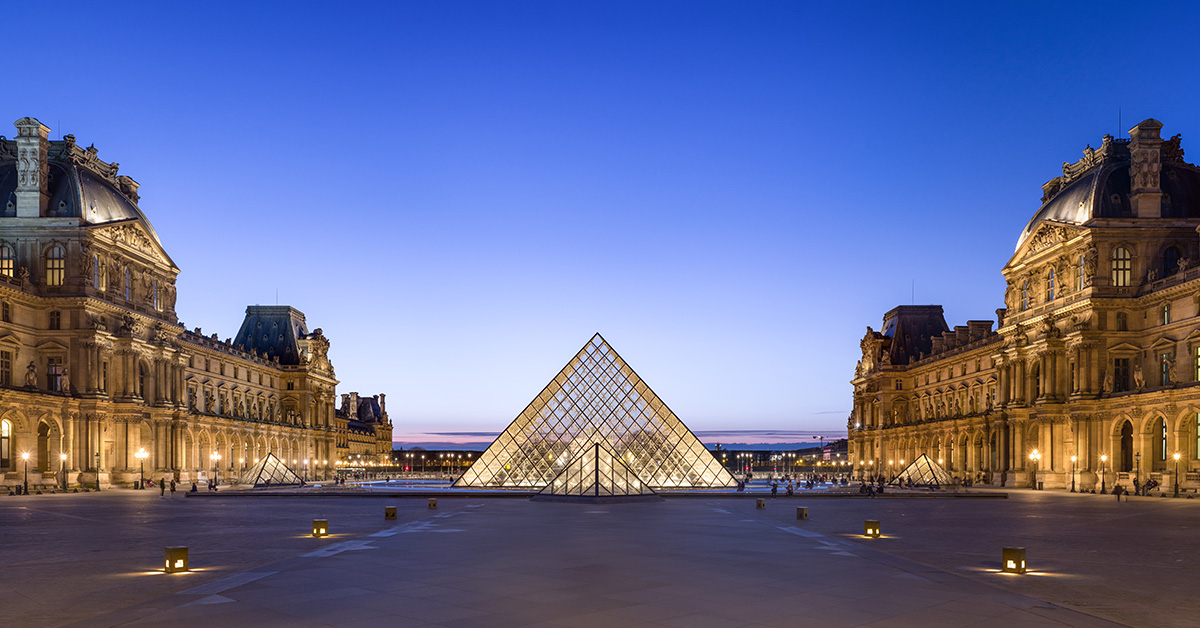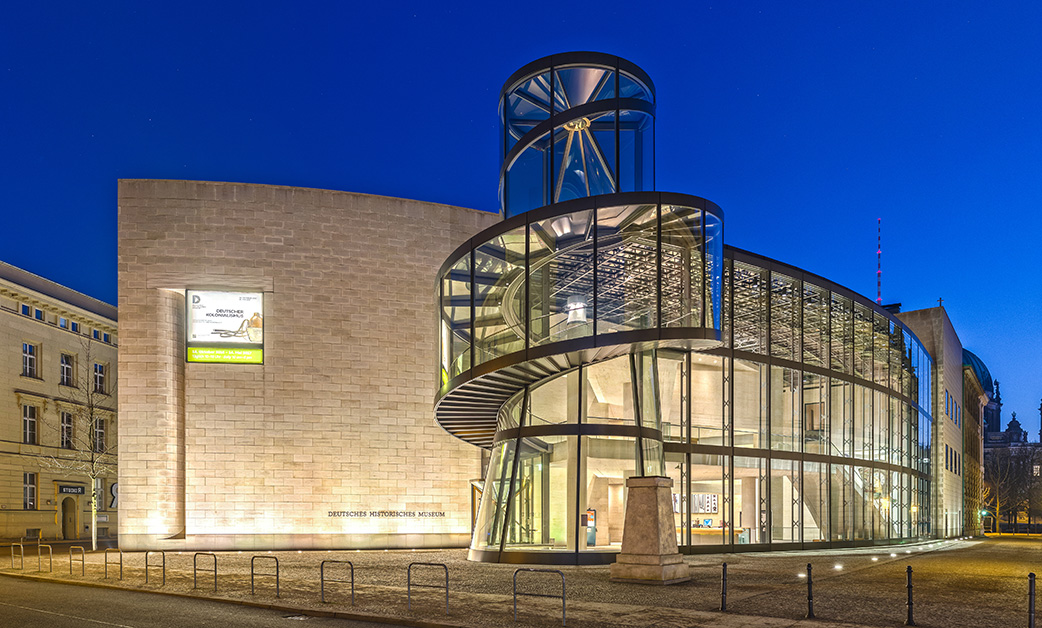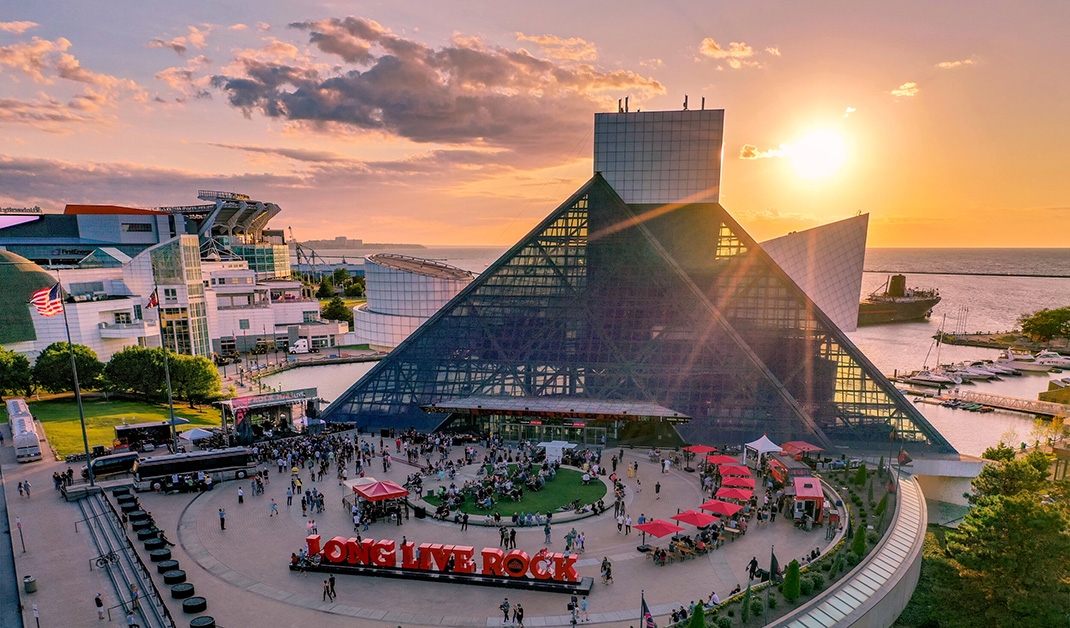 The Louvre Museum's Pyramid at Napoleon Courtyard, Paris, France. Photo © Benh LIEU SONG
The Louvre Museum's Pyramid at Napoleon Courtyard, Paris, France. Photo © Benh LIEU SONG .
Over a career spanning more than 50 years, architect I.M. Pei has contributed to global architecture culture with a series of bold yet restrained modernist buildings that, at their best, productively engage their local context.
As practicing architects, we like to pay our respects to the masters of our field, even if our office and theirs occasionally compete for similar projects on the international stage. A case in point is I.M. Pei, whose work we acknowledge today on his 102nd birthday.
Ieoh Ming Pei was born in 1917 in Canton, China, and moved to the United States in 1935. After graduating from MIT in 1940 and Harvard in 1946, he worked for several firms and then formed I.M. Pei & Associates (later Pei Cobb Freed & Partners). Pei and his associates designed finely chiseled forms in stone, glass, and cast concrete, such as the East Building of the National Gallery of Art in Washington, D.C. (1978) and the JFK Library in Boston (1979). For the Dallas City Hall (1977), they devised a shade-producing facade and a memorable civic monument. Pei and his firm also designed noteworthy skyscrapers, such as the Bank of China Tower in Hong Kong (1989) — still one of the most distinctive buildings in that city’s rapidly changing skyline.
I.M. Pei became a household name in 1989 when he modernized the Louvre Museum in Paris. There he created not only the central glass pyramid marking the museum’s new entrance, but also vast new underground reception, exhibition, and storage spaces. Although it sparked debate at the time it was built, Pei’s transparent pyramid has since become a beloved icon for the Louvre and all of Paris.

German Historical Museum, Extension, Berlin, Germany. Photo © Ansgar Koreng
Pei’s most successful projects have a modern timeless quality that comes in part from the architect’s striking use of circles, squares, and triangles. Interlocking and overlapping geometric forms produce spectacular interior spaces.

Rock and Roll Hall of Fame, Ohio, USA. Photo © Aerial Agents
Never one to chase trends, Pei has adapted the spirit of modern architecture to a variety of situations. As he noted in his 1983 Pritzker Prize acceptance speech, he believed in the continuation of the modern tradition “as a living force that animates and informs the present.”







